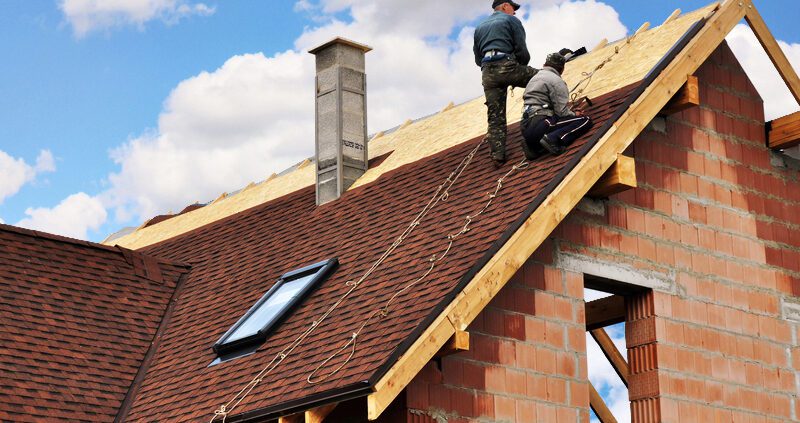What to Look for in Roofing Material
Choosing the right roofing material is a crucial decision for homeowners. It impacts not only the aesthetics of the house but also its durability, energy efficiency, and long-term costs. Let’s discuss the key factors to consider when selecting roofing material.
Affordability
Affordability is a significant aspect when choosing a roofing material. Homeowners need to select a material that fits their budget without compromising on quality and durability. While upfront costs matter, it’s essential to factor in long-term expenses, including maintenance and potential replacements. Some roofing materials may be cheaper to install, but frequent repairs and replacements can add up in the long run. On the other hand, more expensive materials may have a higher initial cost but require minimal maintenance over time. It’s crucial to consider the overall cost of ownership when making a decision. Another aspect to consider is the lifespan of different roofing materials. While some may be cheaper to install, they may not last as long as more expensive materials. This means that homeowners will need to replace their roofs sooner, resulting in additional costs. It’s essential to weigh the initial cost against the lifespan of a roofing material to determine its true affordability.
Durability
Durability is a paramount consideration in roofing material selection. The durability of the material determines how well it can withstand harsh weather conditions, temperature fluctuations, and other environmental factors. A durable roof will require less maintenance and last longer, making it a cost-effective choice in the long run. Tile roofs can last up to 100 years when maintained properly. Asphalt shingles, on the other hand, have an average lifespan of 20 years. Durability is not just dependent on the material but also on the installation process. Improper installation can significantly decrease the lifespan of any roofing material. It is crucial to hire a professional and experienced roofing contractor for proper installation. Another factor that affects durability is regular maintenance. A well-maintained roof will last longer and reduce the chances of issues such as leaks, mold growth, and structural damage. Regular cleaning is also crucial to prevent debris buildup, which can cause damage to the roof over time. If left unchecked, debris can trap moisture and lead to mold growth and structural decay.
Energy Efficiency
Energy efficiency is increasingly becoming a critical factor in roofing material selection. Energy-efficient roofs can help reduce heating and cooling costs by providing better insulation and reflecting more sunlight. Cool roofing materials, such as reflective coatings and shingles, can significantly lower the amount of heat absorbed by the roof, contributing to a more energy-efficient home. Energy-efficient roofing materials can also contribute to a more sustainable environment by decreasing the use of fossil fuels for heating and cooling purposes. One of the key factors in determining energy efficiency in roofing materials is their ability to reflect sunlight. This is measured by the solar reflectance index (SRI), which ranges from 0 to 100. Choosing energy-efficient roofing material not only benefits your wallet but also supports environmental sustainability.
Selecting the right roofing material is an essential decision for homeowners. Taking various factors into consideration is of utmost importance when it comes to making an informed decision that aligns with your immediate requirements as well as your long-term aspirations for your home.
Did You Enjoy Reading This Article? Here’s More to Read: Why You Need to Fix Cracks in Your Foundation




